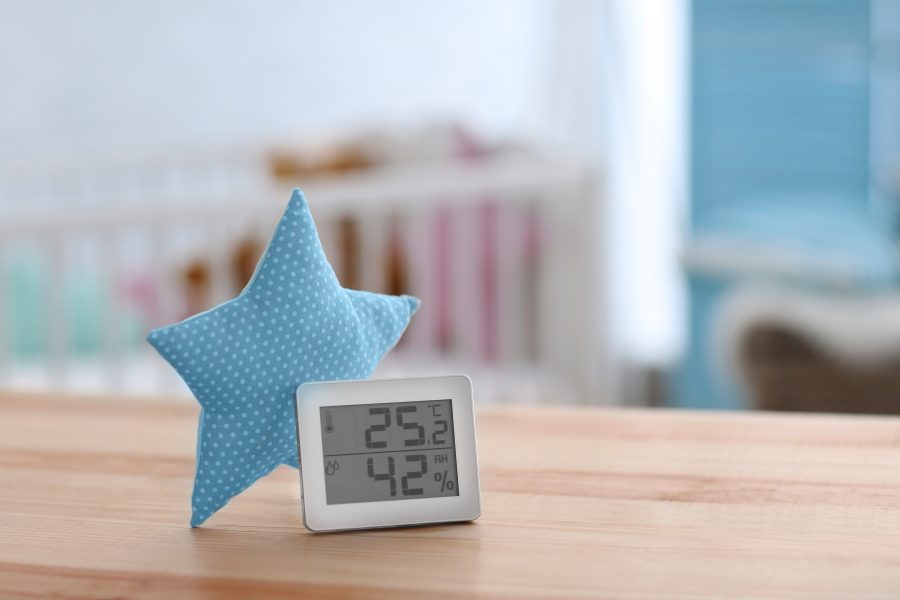What does indoor humidity mean? Many people associate humidity with that sticky feeling on their skin. That is outdoor humidity. When we say indoor humidity we’re referring to the amount of moisture in the air inside a home. During hot weather there is more water vapor in the air than when the temperature is cold.
Humidity levels inside your home can play a crucial role in the following:
- The comfort and health of your family
- The efficiency of your HVAC system
- The lifespan of your home
How Humidity Can Make You Sick
Getting the right indoor humidity is important, especially if you have family members who are vulnerable to respiratory disorders or allergic reactions.
If levels are not properly maintained, the air will be very dry and will increase the risk of spreading airborne viruses. Influenza in particular is known to survive longer in dry cool air.
Skin diseases such as eczema can be very uncomfortable during winter when your skin dries up. During hot humid months, small sweat glands are clogged due to excessive sweating and may cause skin rash.
Humidity also creates an environment for growing dust mites and mold – two of the most common allergy and asthma triggers. Dust mites flourish at above 70% humidity and can usually be found in beds, furniture, windows, and flooring. Relative humidity over 60% can supply enough moisture to grow mold that can irritate your eyes, skin, nose, throat, and lungs.
How Humidity Can Damage Your Home
High humidity levels can cause a myriad of problems for your home, including:
- Musty odor in the basement and crawl spaces
- Mold growth in the basement and crawl spaces
- Warped wood flooring
- Visible water stains
- Damage to wallpaper and paint
Managing Relative Humidity Level
Getting the right indoor humidity level keeps your home cool in the summer and warm in the winter. To be able to measure temperature and relative humidity, you must have a hygrometer. These handheld devices are readily available at local hardware stores.
The ideal relative humidity in a home is between 40% and 50%. During winter, relative humidity may have to be lower than 40% to prevent condensation from forming on your windows.
Here’s a short guideline on how low your indoor humidity should be during winter:
- 20 to 40 degrees outside temperature = less than 40% indoor humidity
- 10 to 20 degrees outside temperature = less than 35% indoor humidity
- 0 to 10 degrees outside temperature = less than 30% indoor humidity
- -10 to 0 degree outside temperature = less than 25% indoor humidity
- -20 to -10 degree outside temperature = less than 20% indoor humidity
- Lower than -20 degree outside temperature = less than 15% indoor humidity
The level of moisture in the air also affects the performance of your heating and air conditioning units. Maintain the right level humidity indoors to ensure that your HVAC system is working efficiently.
Written by APM Construction Services, a construction and home maintenance company that is the best choice for heating and cooling in Columbia, MO.



